[Starry Story] Petr Horálek (Czech Republic)
[Starry Story] Petr Horálek (Czech Republic)
Hello, nice to meet you all, my name is Petr Horálek and I am originally from Pardubice city of the Czech Republic, Europe. I born in 1986, coincidentally the year of the last Halley’s comet return. I am passionate astrophotographer and astronomer, working as outreach astronomer and PR of the Institute of Physics in Opava.
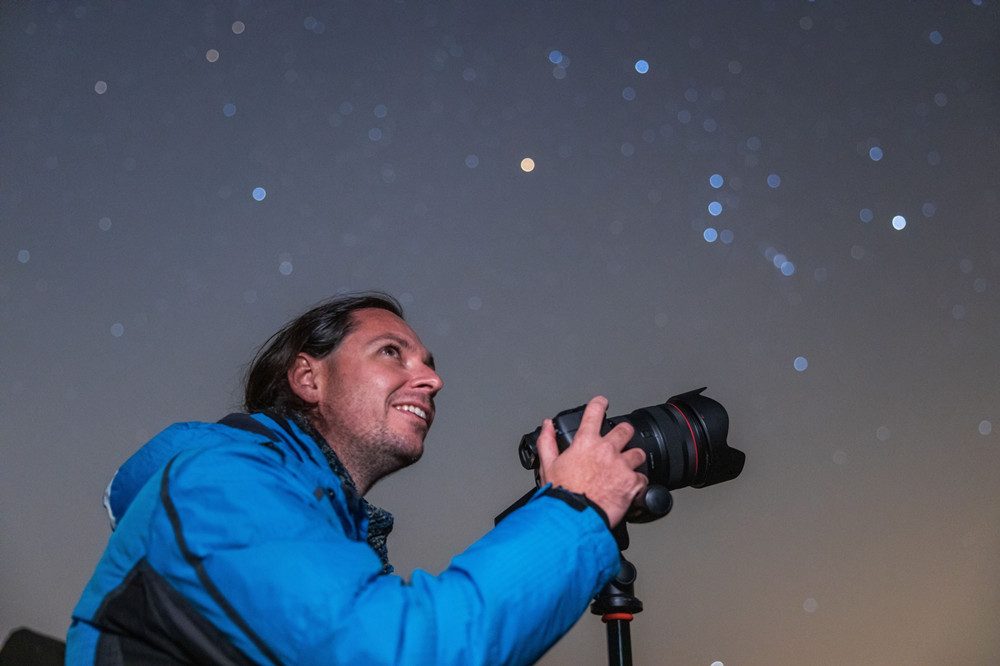
Petr Horálek under the night sky.
►The Big Dipper changed everything
The beauty of the night sky hit me in 1997, that time I was only 11 years old. In Autumn that year, I was spending a wonderful holiday with my grandparents in their cabin of small village Klokočov, far away from the light pollution. My grandmother showed me during the dinner time the Big Dipper. My first feelings about that were that I didn’t feel quite much of excitement, but after a while, when I asked to show me that again, I was shocked. Since the dinner took a while, the Big Dipper moved in the sky a bit and it made me wondered why. Why the sky changes? That impulse brought to me more questions than answers, made me to read many books and eventually to join an astronomy course of the Pardubice observatory. And that decision finally changed my life.
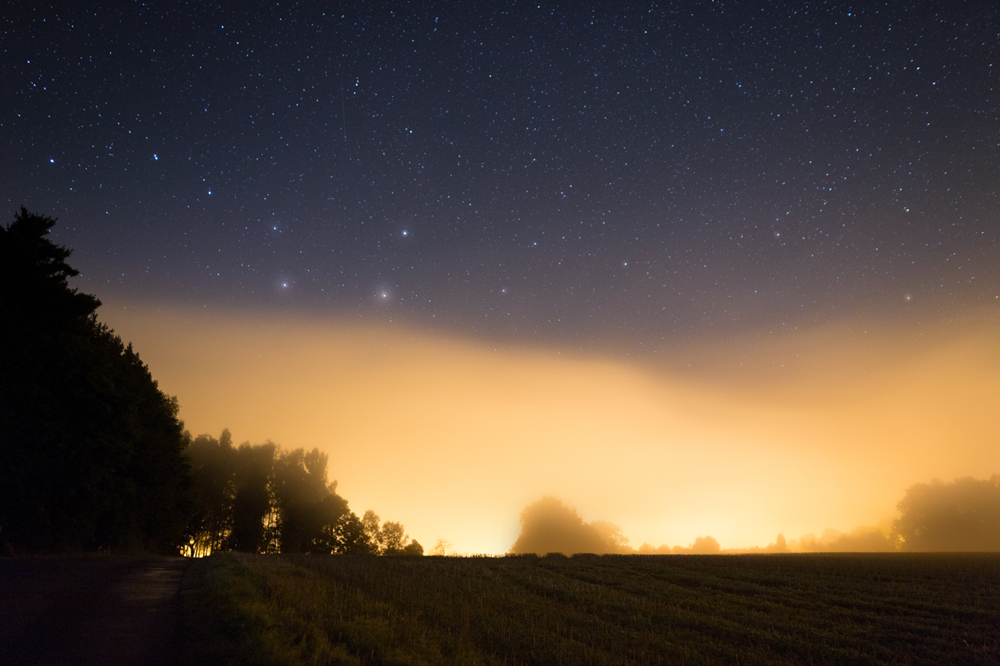
The Bigg Dipper and the light pollution. Photo: Petr Horálek.
After high school of Pardubice, I decided to study Theoretical Physics and Astrophysics at Masaryk University Brno. Then worked briefly as an observer of fireballs at the Department for Interplanetary Matter of the Astronomical Institute of Academy of Sciences of Czech Republic. During this period, I fell in love with astrophotography and decided to take a year-long trip around the world to improve his skills in that field.
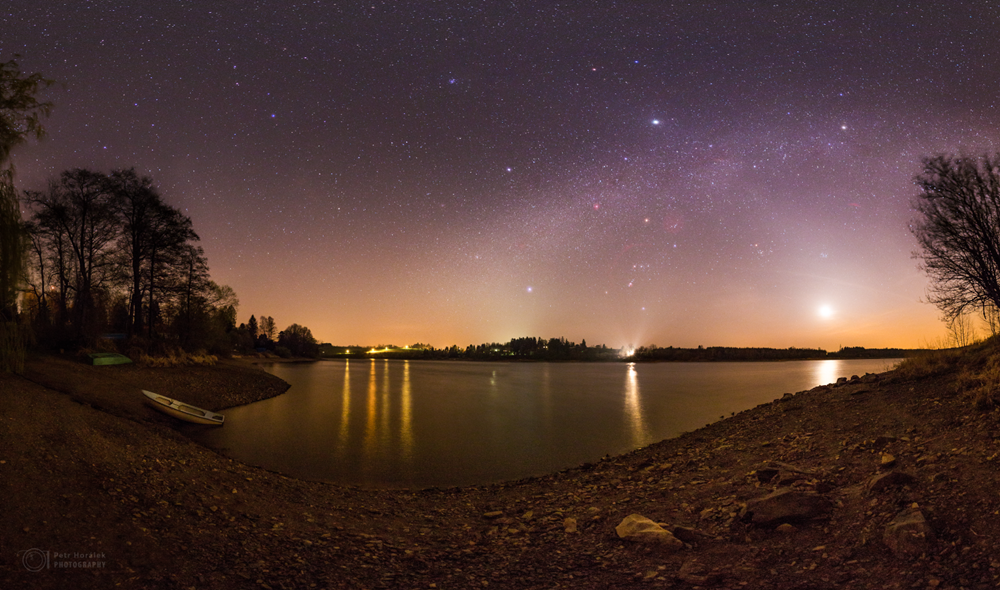
The glow of the light pollution destroys the beauty of the night sky. Photo: Petr Horálek.
As citizen of a light-polluted Czech Republic, I have to deal with this worldly serious problem pretty much and thus I decided to capture the night skies above the naturally dark places in the world to show people in polluted cities what are they missing (not only) above their heads. That passion brought me to many places in the world, including the Atacama Desert at ESO’s La Silla and Paranal Observatory in 2015. Since then, I became the ESO Photo Ambassador, but also Czech Delegate of the International Dark Sky Association and TWAN Guest Photographer. Some of my images were also published as NASA Astronomy Picture of the Day.
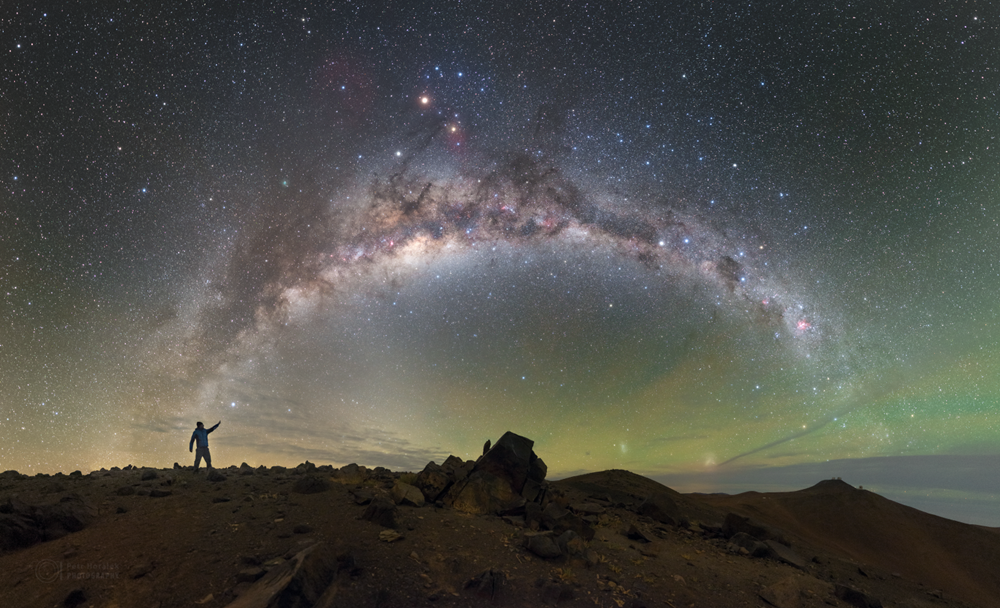
The naturally dark sky in the Atacama Desert, Chile, gives you feeling that the stars are within reach. Photo: Petr Horálek.
►The goal where Optolong truly helps!
I specialize in photographing rare night-sky phenomena. My images capture unique moments, which he calls “pearls of astronomy”, that add to the immeasurable beauty of a dark starry sky. Something, he thinks that everyone should see at some point in their lives. Among them, definitely one of the most captivating are total solar eclipses, total lunar eclipses, bright comets, meteor showers and aurora, of course. Some of them can be predictable, another, however, not. And here comes the struggle—not every time I am located in a perfect dark place to capture the unique phenomenon and so without the great development of narrow band filters from Optolong some photos would not have been possible to capture.
I particularly remember the case of the ephemeral Red Sprites observation in July 2021. This type of phenomenon truly requires dark sky and very operative photography. First time observed in 1989, they became a target for many specialized photographers and videographers to improve their understanding of them. So far we know now is the fact, the fragments-of-seconds flashes are counter-discharge of CG+ lightning above massive thunderstorms (nitrogen emissions), usually in altitude between 50 and 95 km. And here comes the struggle—since they appear unpredictably above the distant massive thunderstorms, for successful capture you need not only good equipment and perfect view to the direction of their possible appearance, but also the dark sky. The phenomenon usually lasts only 1/100s and so in the longer exposure can be easily beaten by the artificial light in the light polluted background. When observing from a field of Proseč, the Czech Republic, after midnight of July 15, 2021, I had to make very quick decision where to go to be successful. I didn’t have much time, so I made a quick choice with not distant viewpoint, however, the light pollution was too strong to be easily successful. That time the Optolong LP filter helped me truly much. Using modified Canon camera and 50mm lens with this narrow band filter, I was shooting hundreds of exposures sequently, hoping for one successful shot of a Sprite. And I was lucky. If not having the filter, the Red Sprites would be irradiated by the artificial light coming from the distant cities and bringing the disturbing glow over the horizon. And this was just one of many cases where the Optolong filter incredibly helped!
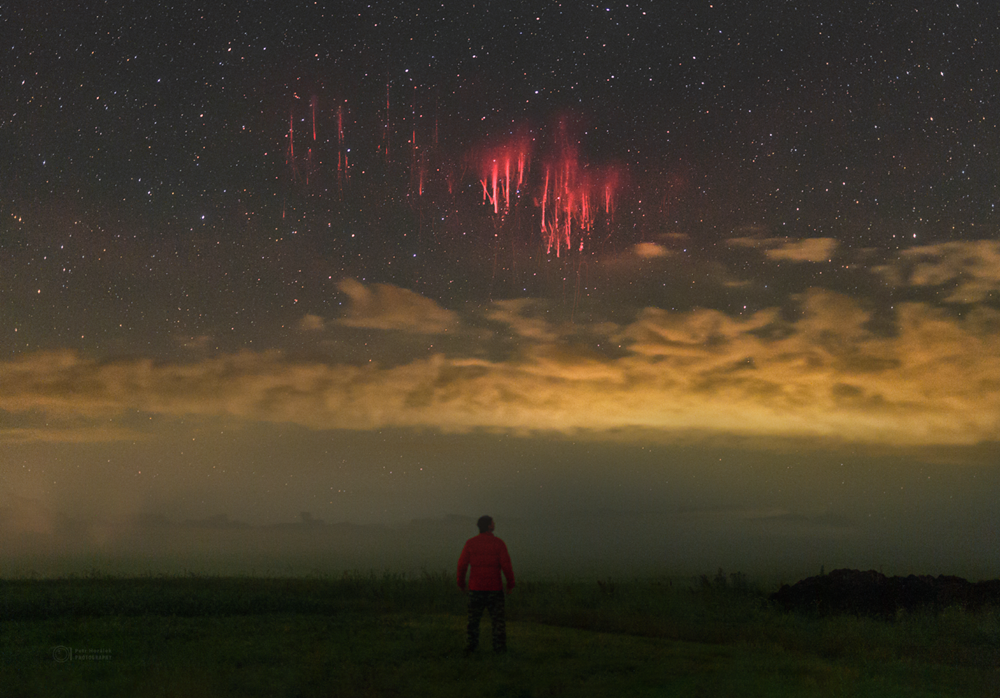
The Red Sprites captured on 15 July 2021 from Proseč, Czech Republic, flashing from thunderstorms located hundreds of kilometres away over Slovakia. Photo: Petr Horálek.
►The easiest possible way
Most of the images I captured are results of what I call “backpack astrophotography”. It’s been 10 years from now I found out that for a good image you don’t need truly expensive equipment to achieve the beautiful and educative astrophotography. Well, when speaking about a nightscape, of course. What you really need and what I mostly have is just one full frame camera (using Canon 6D Mark I and newly Canon Ra), remote or cable trigger, set of good lenses (15, 24 or 35mm with aperture 1.4 ideally) and durable tripod. And just for some cases, a small mount can be very helpful. That’s it.
This is how many of my photographs are taken—the panoramic way. Using the durable tripod, I can easily take a shot of the whole sky like pieces of large puzzle. Since most of the photographs are taken in the wide landscape, no special panoramic head (due to the nodal point) is needed in most of the cases. And here is the brief tutorial: The camera has to be set for manual mode, lens as well. To focus the lens, I use lifieview and zoom in to the brightest object in the sky. ISO with fullframe camera can be allowed higher, some 8000 is still not much when considering signal/noise ratio. Aperture 1.8 to 2.2 is optimal to avoid the effects caused by optical imperfections of the lens. Exposure should be as long as possible, but only that long to get the stars still like points. For 24mm optimal exposure is 15 seconds, shorter for longer focal length, a bit longer for wider angle lens (up to 30s). And then the work is easy, just do single exposures in rows with some overlap among them so they can be safely stitched by a software. Since resultant image might have very huge dimension, resampling of that brings then very nice, sharp, rich-of-stars nightscape with no need of complicated separate night and landscape photography. Just like that – easy, elegant, still good enough. If your camera is Astro modified, you only get good points to have the image more colourful with H-alpha regions in it.
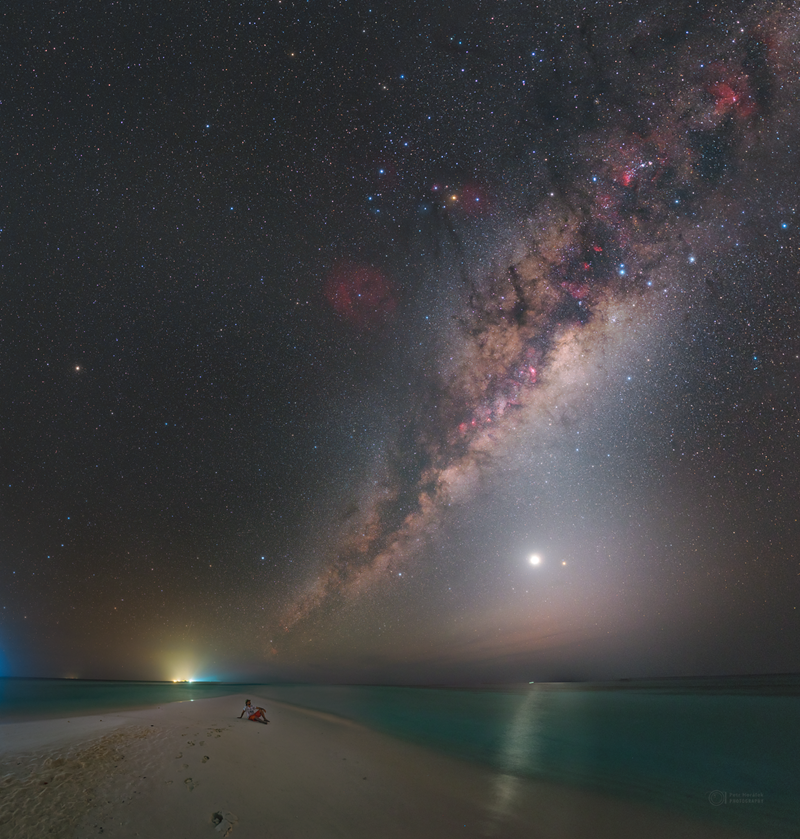
It might look like a complicatedly captured nightscape, but this is just panoramic image of short 15s exposures from durable tripod with Astro modified camera and lens set to aperture f1.8. Photo: Petr Horálek.
►My Equipment:
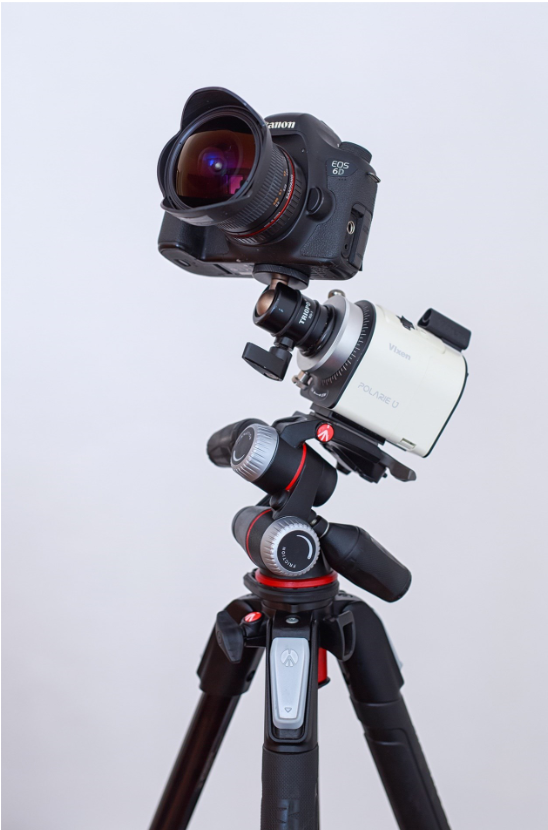
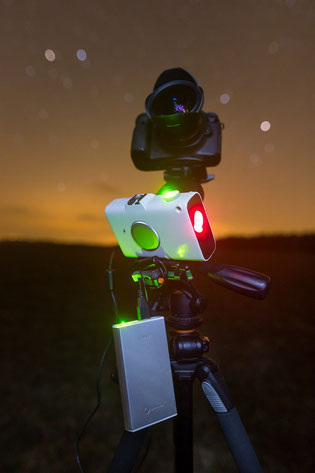
►Imagine the possibilities!
Since the Light Pollution, sadly, increases every year, despite the number of activities calling for its reduction, the night sky is not as beautiful as it used to be (only) dozens of years ago. Fortunately, Optolong brings a way to partially deal with it. Of course, it is not perfect, because part of the light coming from the Universe shines in the same wavelengths as the streetlamps do and also the continuous spectrum of the light from newly developed LED diodes more and more widely used cannot be filtered. However, my experiences still give a hope for astrophotographers based not so far away from the cities.
From many cases I experienced, here is image taken from Soneva Jani, Maldives, where the sky is just beautiful, but lots of light comes from resorts and industrial regions of islands around. Using Optolong Clear Sky filter, I achieved truly impressive results when capturing the comet C/2022 E3 ZTF in the Bull constellation, accompanied by planet Mars, star clusters and many interstellar dusts in the region on February 11, 2023. The image was combined of 93 single 30s shots on ISO 3200, 50mm lens with f1.8, using Vixen Polarie U mount on a durable tripod. Number of exposures allowed me to reduce the digital noise mathematically, Optolong Clear Sky filter then gave me chance to reveal many structures of the deep view despite the glow of Light Pollution that night.
There is still so much to enjoy, capture, improve in. I feel it in my work literally every day. And yes, with the Optolong filters, there is still lots of potential in astrophotography not only for me, a guy with some experiences from the past, but definitely even for beginners!
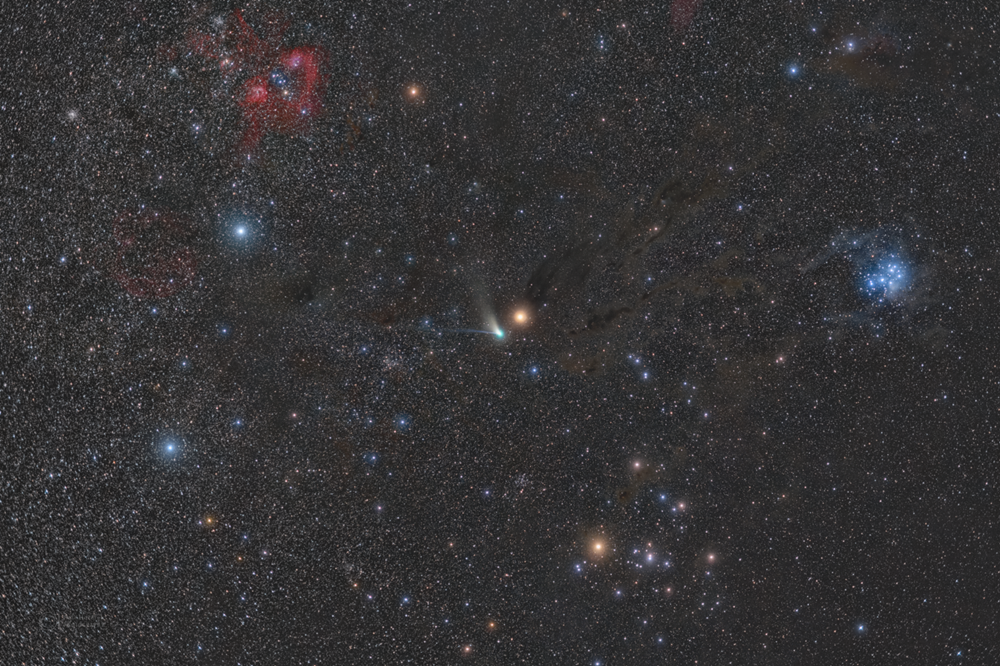
Comet ZTF in the Bull (Taurus) constellation on 11 February 2023. Used Canon Ra, Sigma 50mm, f1.8, ISO 3200, 93x30s (tracked on stars), Optolong Clear Sky Filter, H-alpha filter, durable tripod with Vixen Polarie U. Photo: Petr Horálek.
Thank you for sharing.
Photo & Article: Petr Horálek



